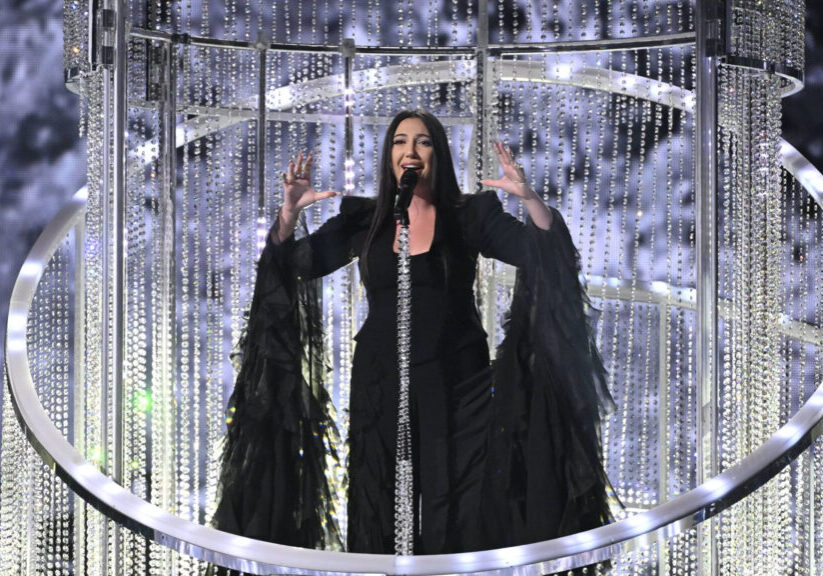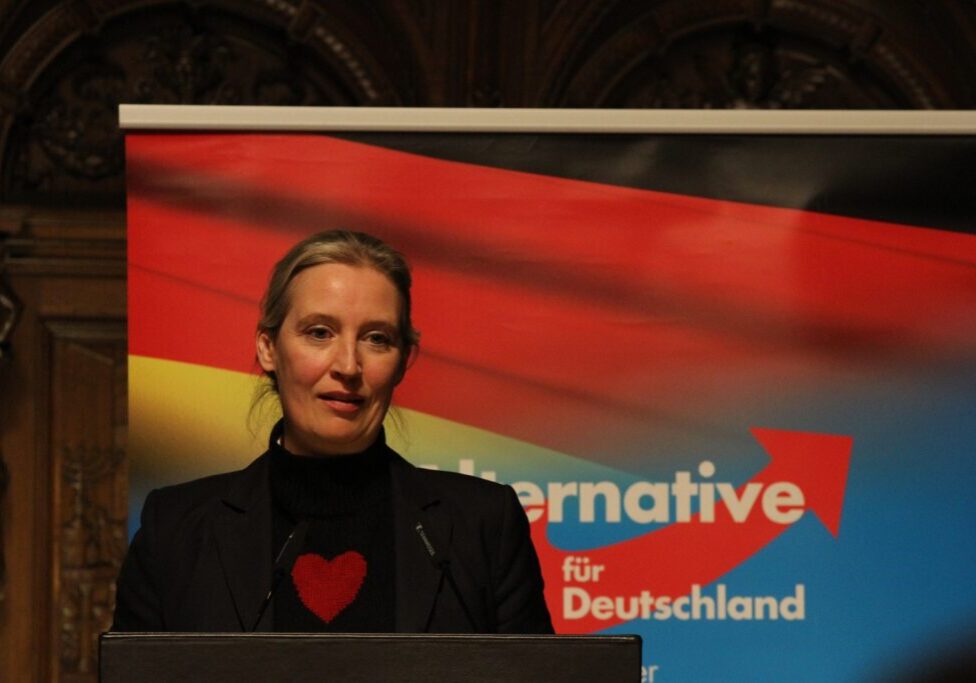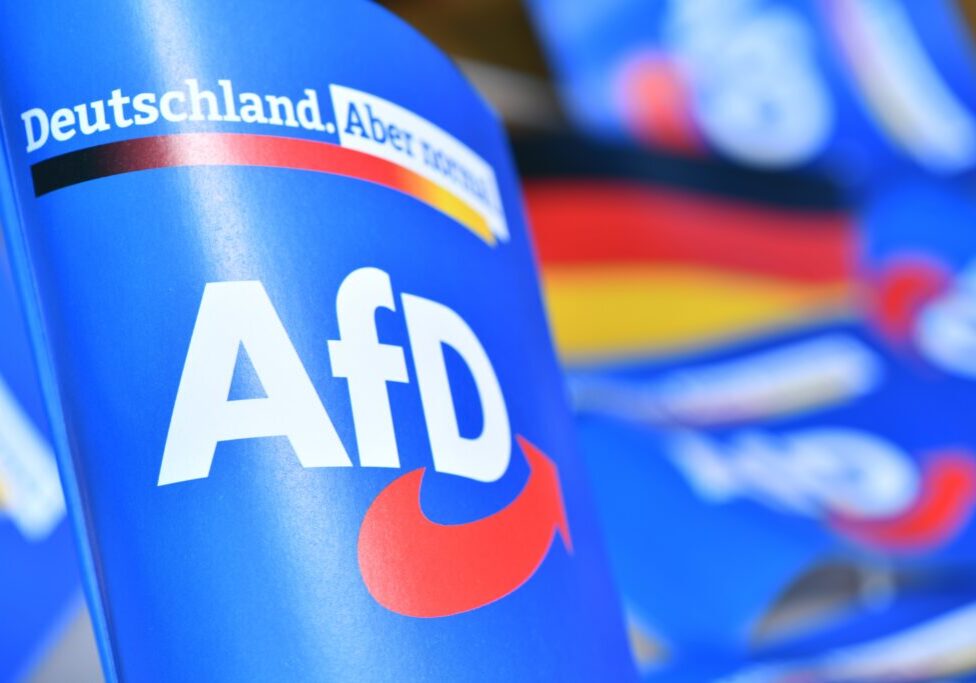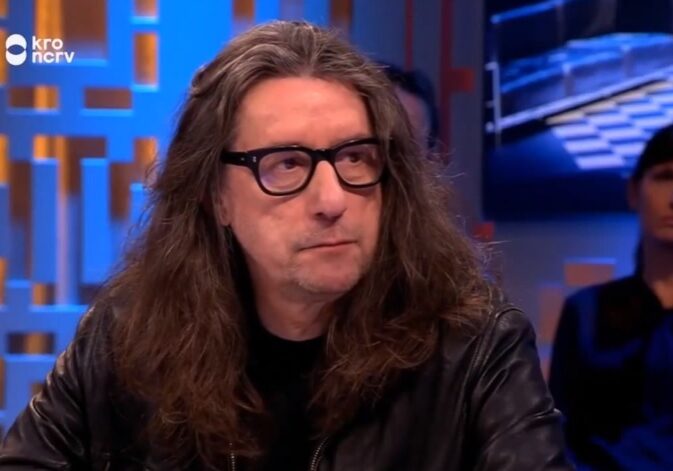Australia/Israel Review
Crossing Over
Jan 2, 2006 | Colin Rubenstein
Some common sense in Geneva
By Colin Rubenstein
 |
| A new deal for Israel crystallises in Geneva |
After almost six decades of exclusion and discrimination, it looks like Israel’s ambulance service and humanitarian organisation, the Magen David Adom (MDA), meaning Red Star of David, will finally be able to join the International Committee of the Red Cross (ICRC). This is the result of a December 8 decision, taken by a vote of 98-27, of the signatories of the Geneva Conventions, accepting a new additional Red Cross symbol, the “red crystal” to join the Red Cross and Red Crescent emblems. This new religiously neutral symbol will be a square standing on one corner.
Since the Geneva Convention of 1949, the opposition of the Arab states, with support from the third world, had prevented any sensible compromise that would have allowed MDA to join. It was very clear that this was part of the campaign to isolate and demonise Israel, for which the issue of the symbols was merely a pretext.
The current decision is the result of years of efforts to repair the anomalous and unfair situation where the MDA was virtually the only national humanitarian organisation unable to join the ICRC. While the MDA met every substantive criteria for membership, it has been consigned to observer status because it did not fulfill a requirement to use one of the three recognised symbols of the organisation: the red cross (used in most non-Muslim states), the red crescent (used in most Muslim states) and the red sun and lion, which was used in pre-1979 Iran. Given the obvious religious connotations of the symbols available, the MDA was understandably unwilling to do this.
There are still two more steps to go until the exclusion of the MDA is formally ended. While the Geneva Convention has now been amended, a conference of the International Federation of the Red Cross and Red Crescent Societies must formally amend its statutes to implement the change. And of course, the MDA must formally be accepted for membership. It is hoped that this process will be a mere formality, but given past history, one can never be sure. Politics, as introduced by Syria, almost derailed the current conference.
When the Swiss, as guardians of the Geneva Convention, called the recent conference to adopt the new “red crystal” after years of negotiation, it was understood that all of the Arab states had agreed a priori that they would support the new symbol. However, at the conference, the Syrian delegation demanded an agreement the MDA would recognise the Syrian Red Crescent as the humanitarian national group in the Golan Heights. When this blatantly political demand, outside the MDA’s ambit, was not forthcoming, they decided to vote against the changes to the Geneva Convention. Moreover, once Syria decided to vote against, group solidarity seems to have kicked in and the entire Organisation of Islamic Conference voted against, save only Jordan, which abstained. Disappointingly, even Turkey, where MDA teams were in place to help the victims within hours of a devastating earthquake in 1999, voted against.
Fortunately, while the Swiss had hoped to pass the change by consensus, the legally necessary two-thirds majority was still obtained.
Under the proposed agreement, Israel’s Magen David Adom would be allowed to retain its Red Star of David whilst operating inside Israel. However, when operating internationally the MDA would either be required to place the Red Star inside a “red crystal” or operate with an empty “red crystal”, depending on which country it operates in and whether that country would be offended by the Red Star of David.
This is less than perfect justice, since it does reduce the symbol of the Jewish religion to secondary status. Unlike the MDA, Red Cross and Red Crescent societies will continue to be able to use their own symbols abroad, without need to embed their symbols in the new “red crystal”. However, in the name of facilitating the work of humanitarian aid, this is an acceptable compromise to make, provided it is accompanied by the hope that someday a better outcome can be achieved.
It is understood that some other countries, such as Kazakhstan and Eritrea, are planning to adopt national symbols and the red crystal for their own national humanitarian organisations.
It should be noted that the Australian Red Cross had been very receptive to complaints by AIJAC and others members of the Jewish Community about the discriminatory treatment of the MDA, and, over many years has consistently played a positive role in seeking a practical solution. They deserve gratitude and appreciation for their important and principled efforts in achieving this outcome.
Tags: Europe






